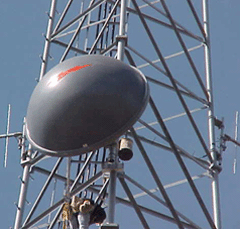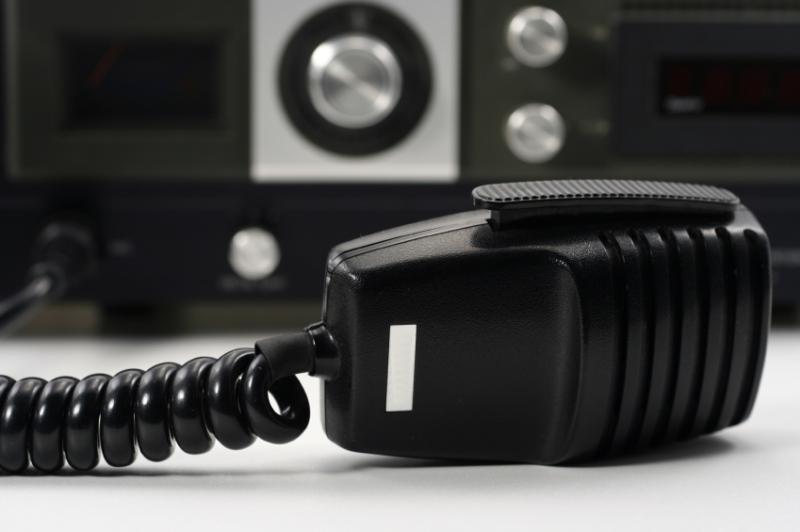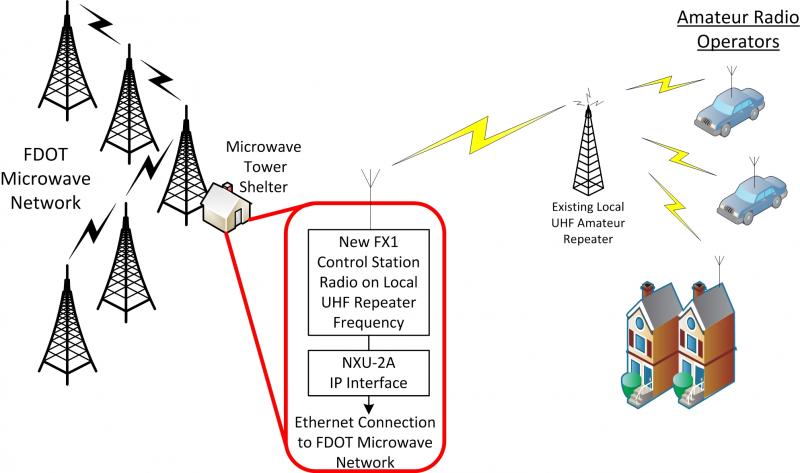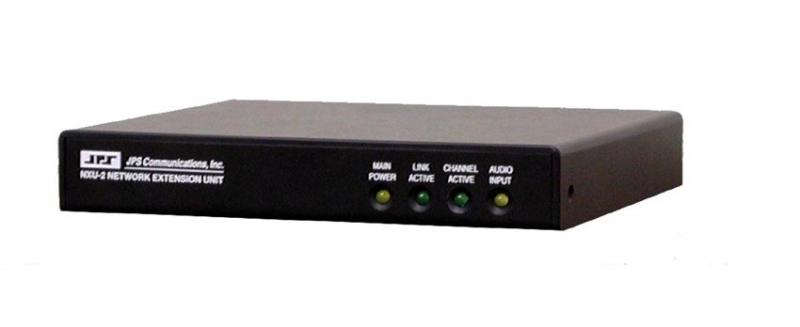SARnet
Check the system status page for system updates!! Last update April 29, 2016
HOW IT WORKS
How SARnet Works...
A SARnet local UHF repeater in your area is connected to other SARnet sites using a microwave radio network operated by the Florida Department of Transportation. The key to why SARnet works so well is that instead of using the internet, it uses dedicated bandwidth on a private microwave network.

How to use SARnet
One of the great things about SARnet is that as an amateur radio operator you don't have to do anything different to use SARnet. When you key your radio on the frequency of a local repeater connected to SARnet, you are automatically talking on SARnet, all across the state of Florida! The only thing you need to do is keep track of the UHF repeaters in the state that are connected to SARnet so when you are traveling you will be able to find a SARnet repeater.
PLEASE NOTE: In general, long conversations and rag-chews are discouraged on SARnet. The network voice radio usage models that the FDOT is trying to investigate are short efficient communications between users (think professional public safety radio transactions). In addition, during long conversations you are activating SARnet repeaters all over the state for an extended period of time, subjecting a state full of your fellow hams to rag-chews that they may not have an interest in. In particular, long local conversations are encouraged to move off of SARnet and onto another repeater that does not activate SARnet.

How SARnet Really Works.....the Details
Local UHF repeaters are connected to SARnet in one of two ways: as an FX1 or as an FB2. The first way, an FX1, uses an existing UHF amateur repeater and is preferred.
The FX1 If a pre-existing local repeater is connected to SARnet then the connecting radio is an FX1 control station on the local pre-existing repeater network. Many of these FX1s are used GE MDX control station radios. The FX1 is installed at an FDOT microwave radio shelter that is within the footprint of the local repeater. The key to making an FX1 work is that the local repeater has to be configured to ensure that it does not send a CTCSS tone or DCS code when it IDs. That way, the FX1 on the SARnet won't hear the ID and transmit it all over the state to other repeaters. It is also preferred if the repeater does not send tone during squelch tails or courtesy beeps. This shortens the overall delay in the network for local listeners and ensures that all SARnet communicatiions sound the same.

The FB2 In some cases local UHF repeaters have been installed at FDOT microwave sites in order to support the needs of local emergency management and public safety agencies who work with amateur radio operators, including agencies like ARES. These colocated FB2, fixed base station repeaters are hardwired into the FDOT microwave network.

In case you were wondering, the terms FX1 and FB2 are FCC descriptors used in land-mobile-radio to describe each type of radio station. Your mobile radio would be considered an FCC type MO radio.
The Microwave Network Connection The FDOT operates a statewide microwave network consisting of point to point microwave radio links that are daisy chained together all over the state. A small portion of the bandwidth on the microwave network is used by SARnet. Even though one UHF SARnet repeater is talking across the network to many statewide UHF repeaters the network only uses a small amount of bandwidth. This is accomplished using an IP technology called muilticast. Multicast sends only one copy of the incoming repeater radio traffic onto the network and it is shared by all of the SARnet repeaters that are associated with the multicast IP address. SARnet repeaters take turns talking into the multicast network so there is always only one transmission at a time on the network. Even if multiple hams key up multiple radios on multiple repeaters, only one of them will be sent on the network at a time. Think of it in terms of pressing the button first on a Jeopardy question. The magic box that connects each FX1 or FB1 radio to the IP world of the microwave network is the JPS Raytheon NXU-2A network extension unit. There is one installed at every microwave network site associated with a local UHF repeater. You can read about it at www.raytheon.com.

Is it legal from an FCC part 97 standpoint?
Only amateurs use the SARnet and they must follow all applicable part 97 rules. So yes it is legal. The linking part of SARnet is on the FDOT microwave network and that is where FDOT studies and investigates the technical aspects behind how SARnet works. The principal investigators on the FDOT team are all licensed amateurs so they are sensitive to the issues regarding part 97 rules and the prohibitions against transmitting non-amateur related communications on the amateur bands. Fortunately, there is plenty of amateur traffic on SARnet to facillate the research FDOT does on the network side.
Copyright 2014 SARnet. All rights reserved.
Web Hosting by Yahoo